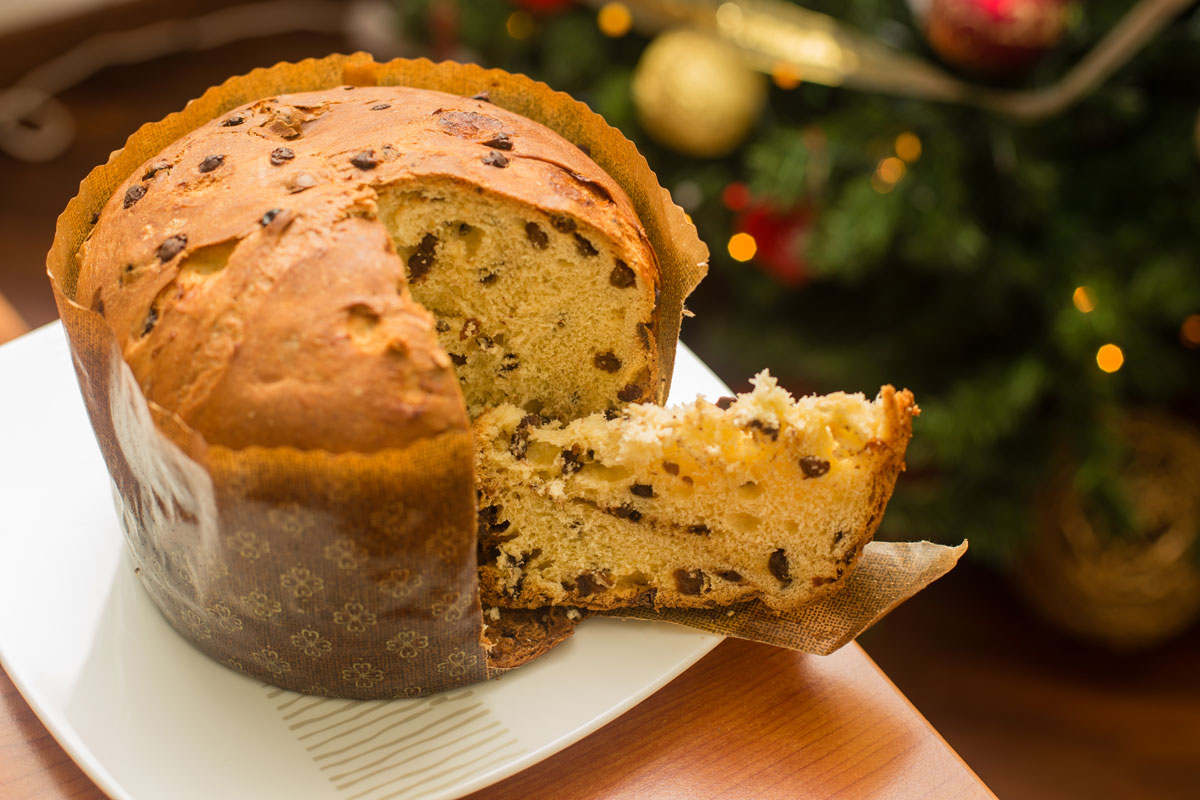Sustain / Real Bread Campaign / Articles
Festive breads
Be it for weddings, funerals, high days or holidays, cultures around the world celebrate with food. Liz Wilson takes a whistle-stop tour of some of the breads traditionally baked to mark special occasions.

Festive breads are often enriched with expensive ingredients like eggs, butter, spices, fruits or nuts, to honour the occasion and the guests who are attending. They may have more complex shaping and decoration, again to signify the importance of the celebration. Some have quite exact religious symbolism but many are now also enjoyed away from their traditional context.
Challah: An egg and oil enriched plaited loaf, baked to celebrate the Jewish Sabbath. The bread is blessed at the table before eating and is shared by hand, never cut with a knife. Challah is a symbol of the manna that God made fall from the heavens to feed the Israelites after their Exodus from Egypt. The plaiting symbolises the connectedness of the Sabbath when families and friends come together, like the segments of a braid intertwining.
Hot cross buns: Rich with butter, these spiced buns are usually eaten on Good Friday, which celebrates the end of Lent, traditionally during which time dairy products are not eaten. The cross is said to symbolise The Crucifixion and the spices represent those used in Jesus’ embalming.
Pan de muerto: Baked in Mexico for All Souls Day on 1 November, ‘bread of the dead’ is soft and sweetened, often decorated with images of bones and skulls. As part of the celebration, people often eat pan de muerto and a late relative’s favourite foods at their grave or altar.
Panettone: Originated in Milan and is very popular at Christmas. According to folklore, its shape is based on a high-topped ecclesiastical hat.
Rosca de Reyes: ‘The wreath of kings’ is baked to mark Epiphany on 6 January. The baker uses fats, sugar, spices and candied peel and also hides a figurine of the baby Jesus into the bread. This represents the fleeing of the Holy Family after the massacre of the Innocents. Whoever finds the little figure is blessed, and has the responsibility of hosting a meal. It is similar to the French Galette de Rois.
Rēwena: A sweetened, sourdough potato bread, often served at Maori cultural festivals and large clan gatherings. If a Maori visits a cemetery, rēwena is crumbled over their hands to break the taboo that is associated with a graveside visit.
Semla: A sweetened cardamom bun filled with cream and almond paste hailing from Sweden, which is traditionally eaten on Shrove Tuesday as the last festive food before Lent. It is similar to the jam and cream filled Finnish laskiaispulla.
Stollen: This spiced, fruited and marzipan-filled German Christmas bread was originally shaped to symbolise the baby Jesus wrapped in swaddling clothes.
Tsoureki: Another Easter bread, this one from Greece. It is a rich, sweet, plaited dough, into which a hardboiled egg, dyed red to symbolise the blood of Christ, is inserted.
www.mabaker.london
@mabakerbakes
Published Friday 21 December 2018
Real Bread Campaign: The Real Bread Campaign finds and shares ways to make bread better for us, better for our communities and better for the planet. Whether your interest is local food, community-focussed small enterprises, honest labelling, therapeutic baking, or simply tasty toast, everyone is invited to become a Campaign supporter.

